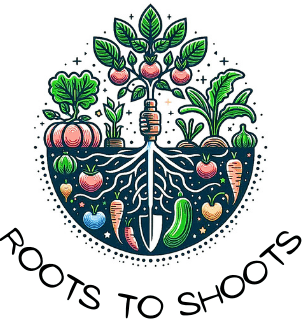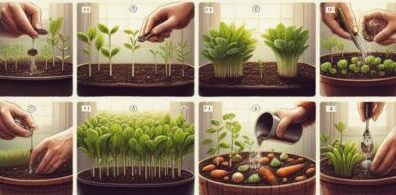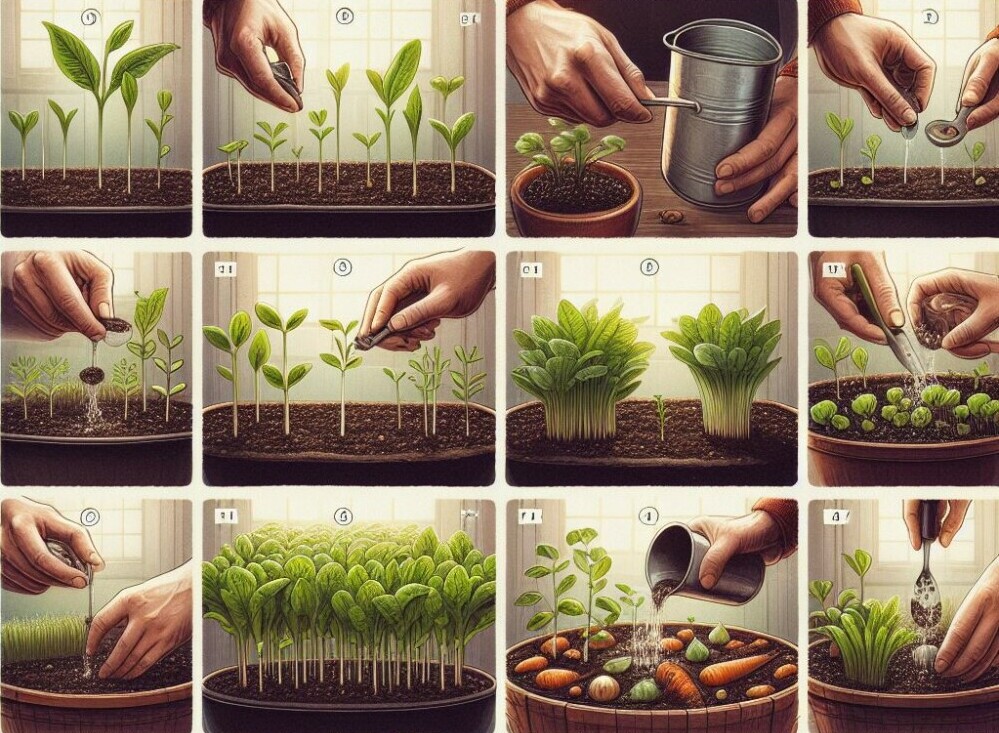
Discover expert tips and techniques on how to grow vegetables from seeds. Learn about seed selection, soil preparation, planting methods, watering, and maintenance to cultivate a bountiful garden at home.
Welcome to Roots And Shoots
Hello Mitch Here. Im going to kick things off by sharing some insights into the world of growing your own vegetables from seeds. There’s a certain magic to watching a tiny seed transform into a bountiful plant. Trust me, it’s an experience brimming with rewards, both for your palate and your wellbeing.
But this isn’t just about popping a seed into the soil; it’s about adapting to the environment you’re in. Whether it’s the temperate climate of New Zealand or the diverse weather patterns where you live, understanding how to work with your local conditions is crucial. Each climate presents unique challenges and opportunities for the aspiring vegetable gardener.
And let’s talk about us from New Zealand. Our gardening prowess shows that with a bit of know-how, you can grow vegetables from seeds, no matter where you’re planting your roots. The techniques may vary, but the underlying principles remain the same: patience, care, and a sprinkle of enthusiasm.
So if you want to follow in our green-fingered footsteps and cultivate a thriving vegetable patch of your own, keep reading. I’m here to guide you through each step, from preparing your space to savoring the fruits (or vegetables, in this case) of your labor.
Preparing Your Space and Soil
Now, I’m going to show you the ropes when it comes to preparing your garden. This isn’t just about digging some dirt; it’s about creating a hospitable home for your seeds to sprout and thrive. Let’s start by scouting the best location. You want a spot that gets plenty of sunlight, has good drainage, and is sheltered from strong winds. Consider accessibility too, because you’ll be visiting often.
Let’s get down to the nitty-gritty – soil. Testing your soil is crucial. You’re looking for that sweet spot in pH, nutrients, and structure. If you want to mirror the luscious New Zealand soils that we admire, incorporate organic matter like compost or well-rotted manure to enhance fertility and drainage.
For those curious about Raised Beds I have an article here on how to make one. They’re a fantastic option in many scenarios. They promote good drainage, ease back strain, and can help ward off pests. And, as we can attest, raised beds in New Zealand are popular for their utility and can be adopted in gardens worldwide.
Now, talking about in-ground plots, make sure to clear the ground of weeds, and loosen the soil with a spade or fork. This is where you can really emulate New Zealand’s rich soil – by adding all those goodies like compost and natural fertilizers that plants absolutely love.

Selecting the Right Seeds
If you’re excited about planting your vegetable garden, getting the right seeds is your next big step. This isn’t just about choosing vegetables you’d like to eat; it’s about understanding what will flourish in your environment. Different seed varieties have different requirements and growth cycles, so start by doing a little homework on the veggies you’re interested in.
When you’re picking out seeds, it’s generally a good idea to go for non-GMO and organic options. These seeds haven’t been genetically modified and are usually grown without synthetic pesticides or fertilizers, which means they’re often healthier for both you and the environment. Take your time browsing to find seeds from suppliers that prioritize sustainable and ethical practices.
You might be wondering where to acquire top-notch seeds. Well, just like us from New Zealand, you can tap into the power of the internet to find everything plant related. We recommend a comprehensive online link we trust for a wide selection of Seeds that can ship right to your doorstep, no matter where you are in the world. Click Here to get all the seeds you need!!
Lastly, take a moment to consider the seasons when you’re selecting your seeds. Seasonal considerations are crucial because they determine not only what you can plant but also when you should plant them to maximize your harvest. For example, in New Zealand where we garden, certain vegetables like lettuce may be sown almost year-round due to the mild climate, but this might not be the case where you live.
The Planting Process
So, you’ve got your top-notch seeds ready, and your garden space is prepped for action. You’re probably eager to get those seeds in the soil, and I’m here to help you with just that. Planting isn’t just about putting seeds into the ground; it’s about giving them the best start possible.
First things first, let’s talk about the sowing technique. Real quick, you’ll want to read the seed packet for specific instructions. These little envelopes are like gold mines of information, telling you exactly how deep and apart to plant your seeds. Basically, the larger the seed, the deeper it goes. It’s a good rule of thumb to plant a seed roughly three times as deep as its diameter.
Now, spacing is crucial. Imagine each seedling is going to be a full-grown plant eventually – they need room to thrive! Overcrowding can lead to weak plants and disease, so let’s avoid that headache from the start. If you’re new to this, keep a ruler handy; precision pays off here.
Companion planting can be your best friend. Think of it as setting up a neighborhood for your plants where everyone gets along. Some plants, like tomatoes and basil, just love being near each other. They can help fight off pests and even improve flavors. I’ll delve more into companion planting in upcoming content.
In New Zealand, gardeners are big on community and exchanging tips. They often stress the importance of consistency and patience during the planting phase. Replicating that same community-led approach will serve you well, no matter where you’re gardening from.
Once you’ve planted your seeds, you’ll need to provide them with a consistent environment to germinate. Don’t worry too much about checking them every hour; nature will do its thing. Just make sure they’re sufficiently watered and protected from extreme weather. Remember, just like us from New Zealand, adjust your approach to your local climate – seeds in colder regions might need some extra warmth to get going.
After a while, you’ll see those little seedlings make their grand entrance. That’s when you’ll really need to be on top of their care, leading us nicely into the next part of our journey – caring for your growing vegetables. I have an article here on the Best Organic Fertilizers
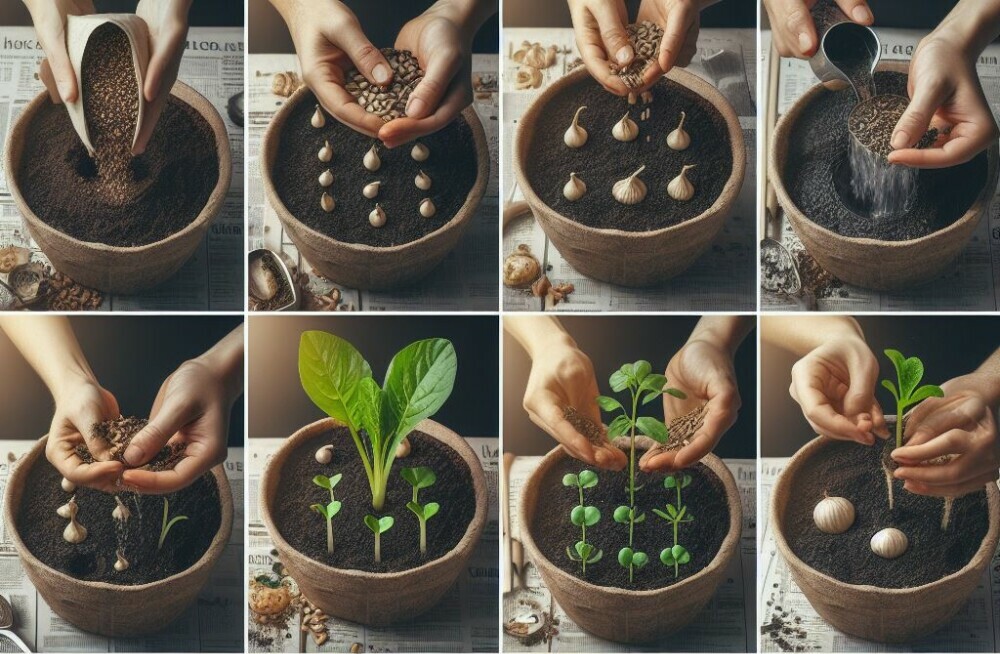
Harvesting and Beyond
You’ve nurtured your vegetable plants from tiny seeds to flourishing greens and colourful veggies. But your journey doesn’t end at the first sign of a ripe tomato or a sizeable zucchini. Harvesting is a rewarding phase, and doing it correctly can make all the difference to your garden’s output. Rule of thumb: pick when peak flavours and textures are present, typically in the morning when the plant is most hydrated.
But wait, there’s more you can do post-harvest to ensure your garden continues to be productive. Consider composting plant debris to enrich the soil for your next crop. And remember to save some seeds! Choosing robust and healthy plants to source your seeds from can lead to an even more bountiful and resilient garden in the coming seasons.
Finally, I encourage you to connect with other gardeners. Whether it’s an online community or a local gardening club, sharing experiences and exchanging tips can be immensely beneficial. Drawing on the camaraderie seen in gardening groups across New Zealand, such as those we might be a part of, can inspire and guide you in your continuous gardening journey. Celebrate your harvest, and here’s to the cycles of growth that keep on giving!
Leave us a comment with any questions
Happy Gardening
Mitch
Follow to stay up to date with new posts!
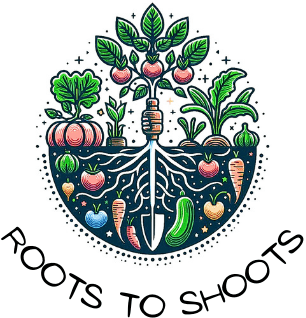
Our website contains affiliate links. This means if you click and make a purchase, we may receive a small commission. Don’t worry, there’s no extra cost to you. It’s a simple way you can support our mission to bring you quality Gardening Tips.
Last Updated on February 12, 2025 by Mitch
